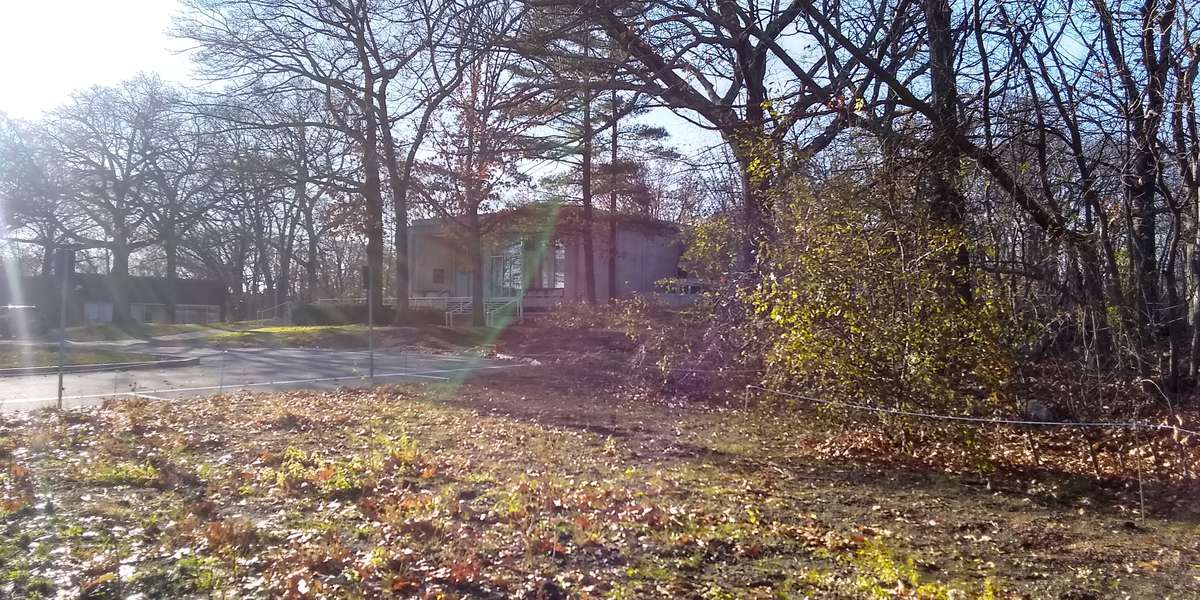2022
November 23, 2021 at 2:13 PM

Rose Art Museum Pollinator Project
Managed by Brandeis University
Since 2021
In Massachusetts, US
BRA103
This chronolog combines 81 photos from 24 contributors. Learn more
About this site
This pollinator garden was part of the initiative to expand the Brandeis Project Pollinator during the summer of 2021. Located near the Rose Art Museum to the right of the famous “Light of Reason” sculpture where new students are welcomed to Brandeis. The plot contains many New England plant species such as the Common Milkweed, New England Aster, and Purple Coneflower. There is also a view of the many deciduous trees around the museum. An important use from this project is how we can observe the plants’ phenology, or seasonal changes, and have a record of the dates during which changes take place. This could help us understand how climate change could be affecting plant behavior, as seasonal growth is often spurred by shifts in temperature. The photo you submitted will track the regrowth and seasonal changes of this beautiful landscape at the nexus of the arts and the environment.
About Brandeis University
At Brandeis, we employ models of both community (place-based) science and citizen science to connect students and the local community to efforts that both empower and democratize the scientific process.
Though research and observation by members of the public, especially of the natural world, has been occurring for centuries, the terms community science and citizen science did not enter the public lexicon until relatively recently. With the advent of new social networks and crowdsourcing technologies, and fueled by a new crop of scientists receptive to grassroot methods, we’ve seen this field grow rapidly.
Community and citizen science research occurs on campus, about campus and in partnership with local, regional, national and international partners. Research ranges from place-based projects focused on forestry and land use in collaboration with local stakeholders, to independent participation in large-scale open projects and taking the lead in international collaboration through our program’s involvement in the City Nature Challenge.
For nature-lovers
Explore chronologs
For organizations
Chronolog is a monitoring tool for parks, nature centers, wildlife organizations, schools, and museums worldwide. With over 100,000 contributors across 300 organizations, Chronolog is on a mission to engage communities with nature while recording important natural changes.
© Chronolog 2025 | Terms